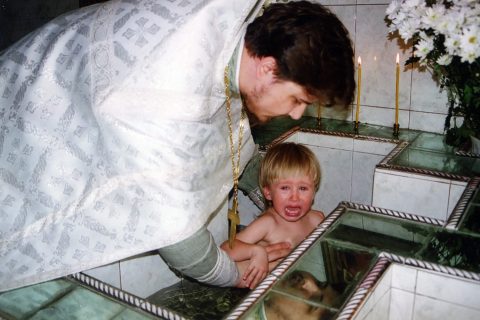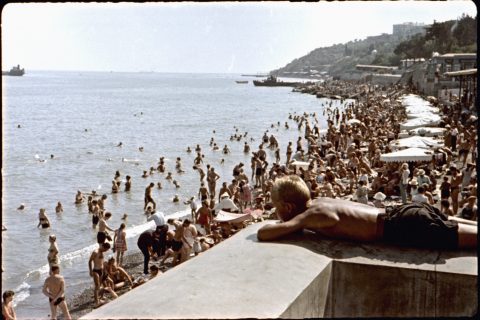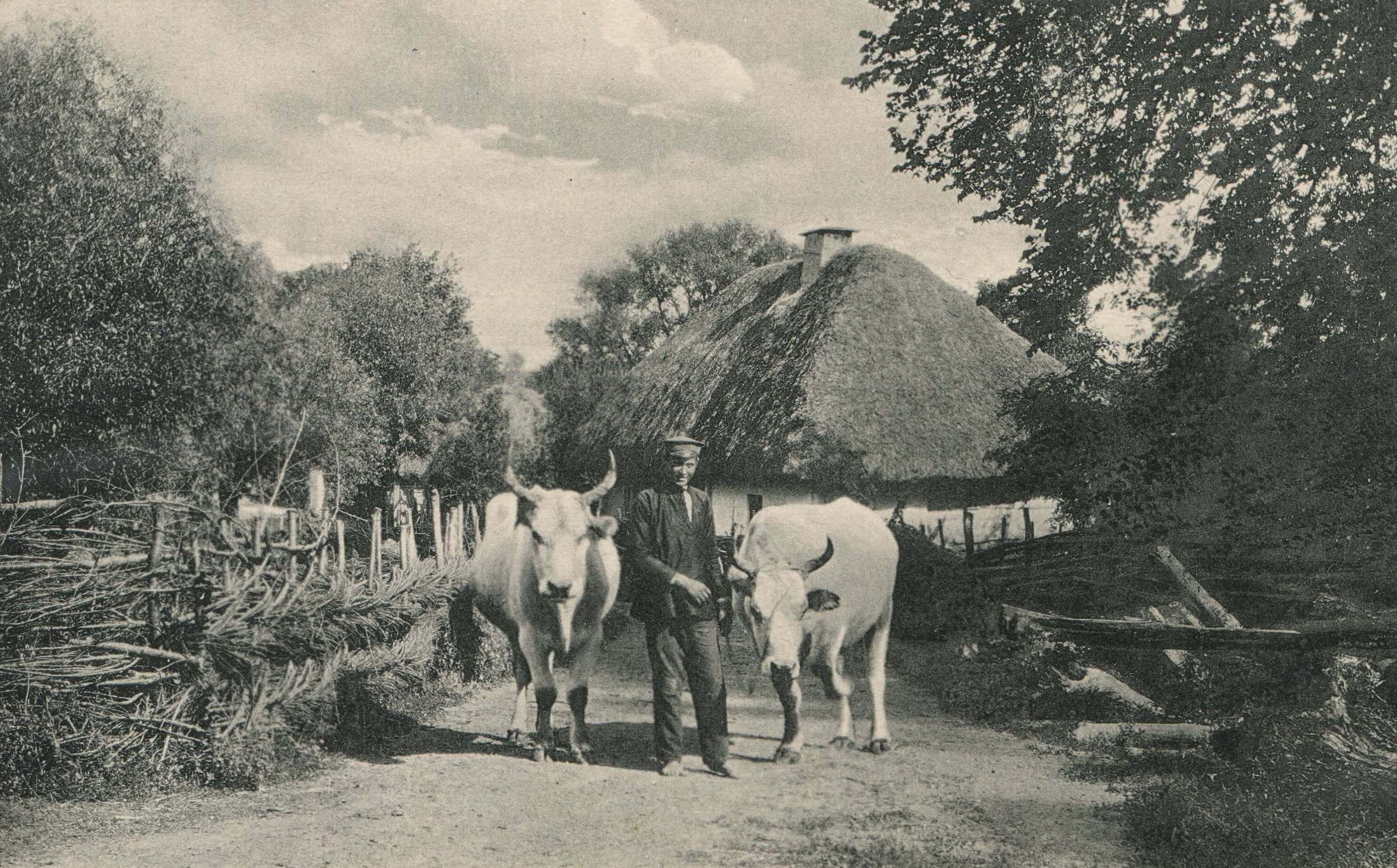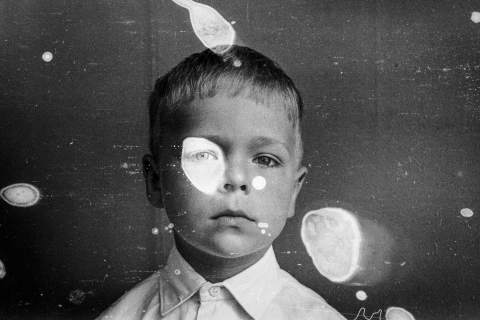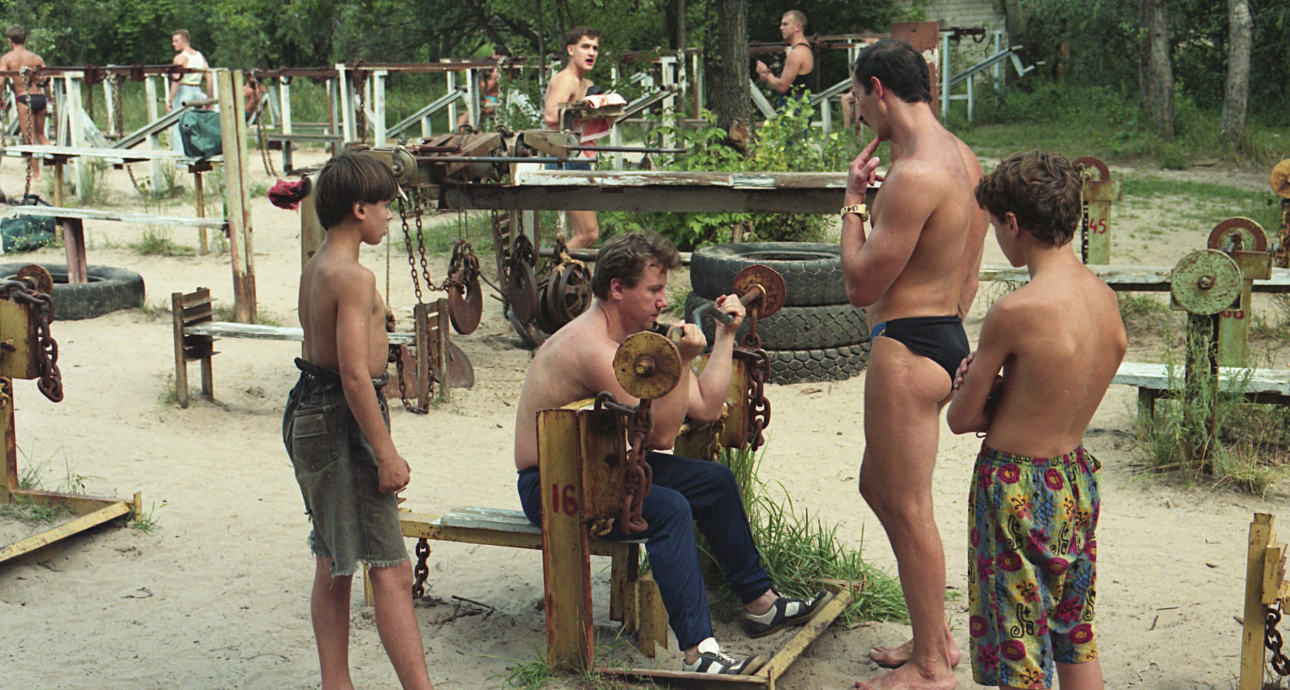
Peter Ford Lived in Kyiv in the 1990s. Take a Look at the City Through His Lens
Peter Ford spent 1996–1999 in Kyiv, working for the British Ministry of Foreign Affairs. All those years, he photographed life in Ukraine, taking some pictures for himself and others as a freelance photographer for the Associated Press. Now Peter is retired and lives in West Midlands. To help Ukraine, he has released a self-published photo book with 300 photos from his Kyiv years. The money raised from its sales will go to charity. The presentation of the book is slated to happen in Kyiv this March. The photographer told Bird in Flight how he saw Ukraine in the 1990s.
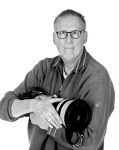
A photographer, videographer, and former diplomat with the UK’s Ministry of Foreign Affairs.
— I worked for the Consulate Department of the British Embassy in Ukraine until 1999. Then, I moved to Georgia, later to Angola, and finally returned to the UK. I am currently retired, but I still do photography. And I haven’t returned to Ukraine since I worked there.
My Kyiv home was near the Arsenal plant, and I remember there was a police precinct on the other side of the street. While in Ukraine, I hardly travelled at all, visiting only Chornobyl, Lviv, and a handful of villages near Kyiv. As always, there were younger people yearning for change and older ones who feared it. However, they all somehow organically coexisted in Ukraine instead of fighting one another. I saw tolerance, which present-day Russia, for example, is devoid of.
As always, there were younger people yearning for change and older ones who feared it. However, they organically coexisted in Ukraine.
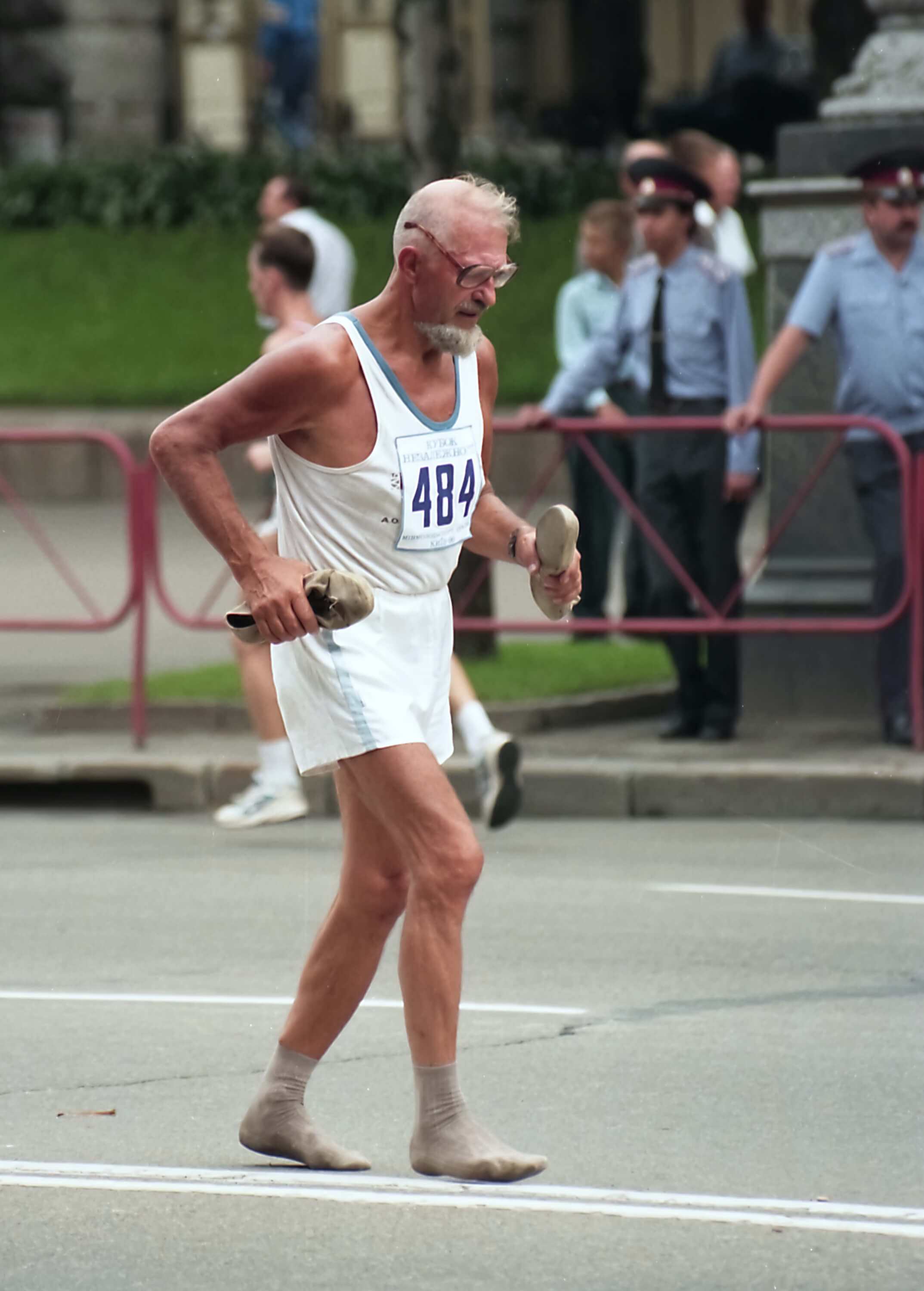
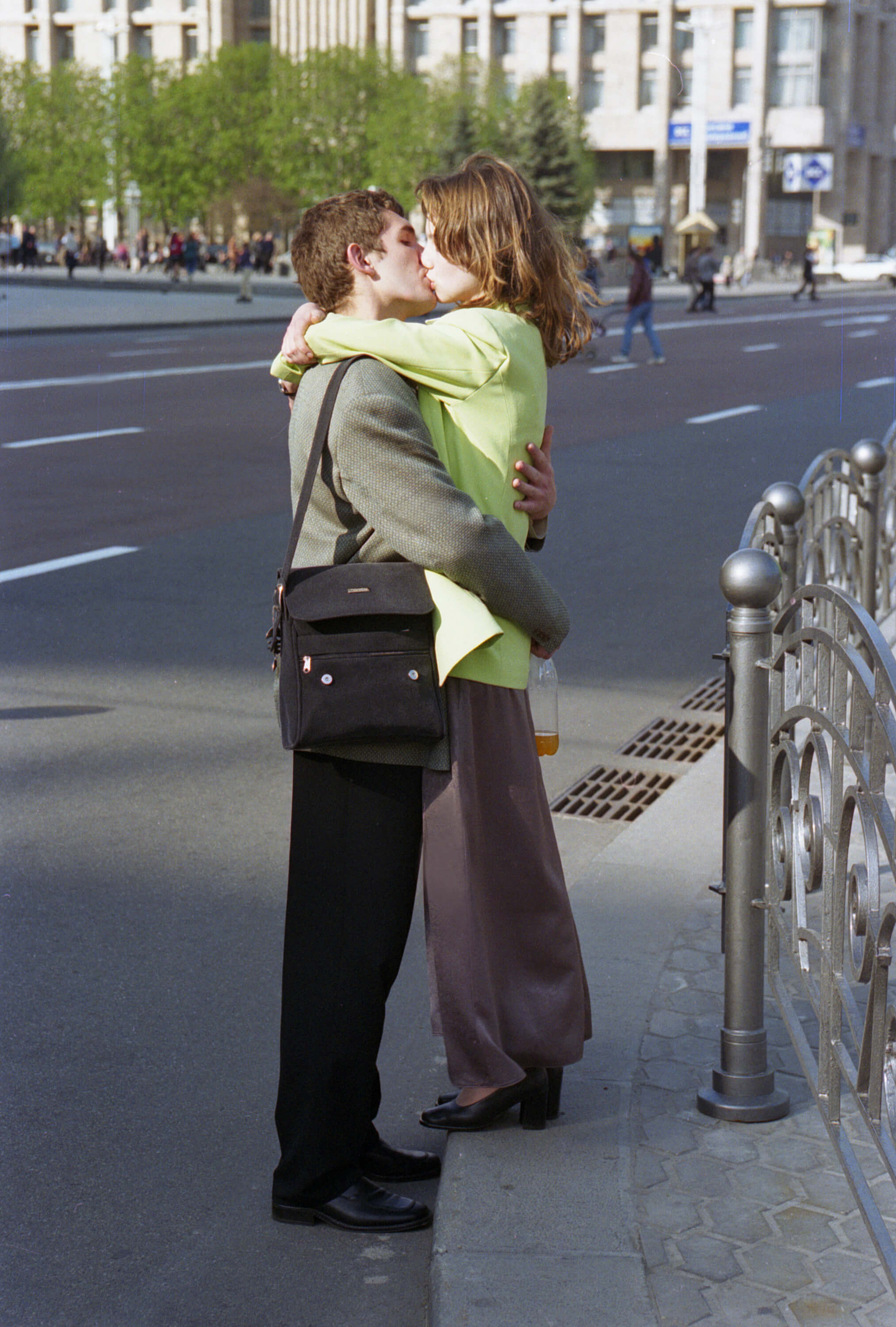
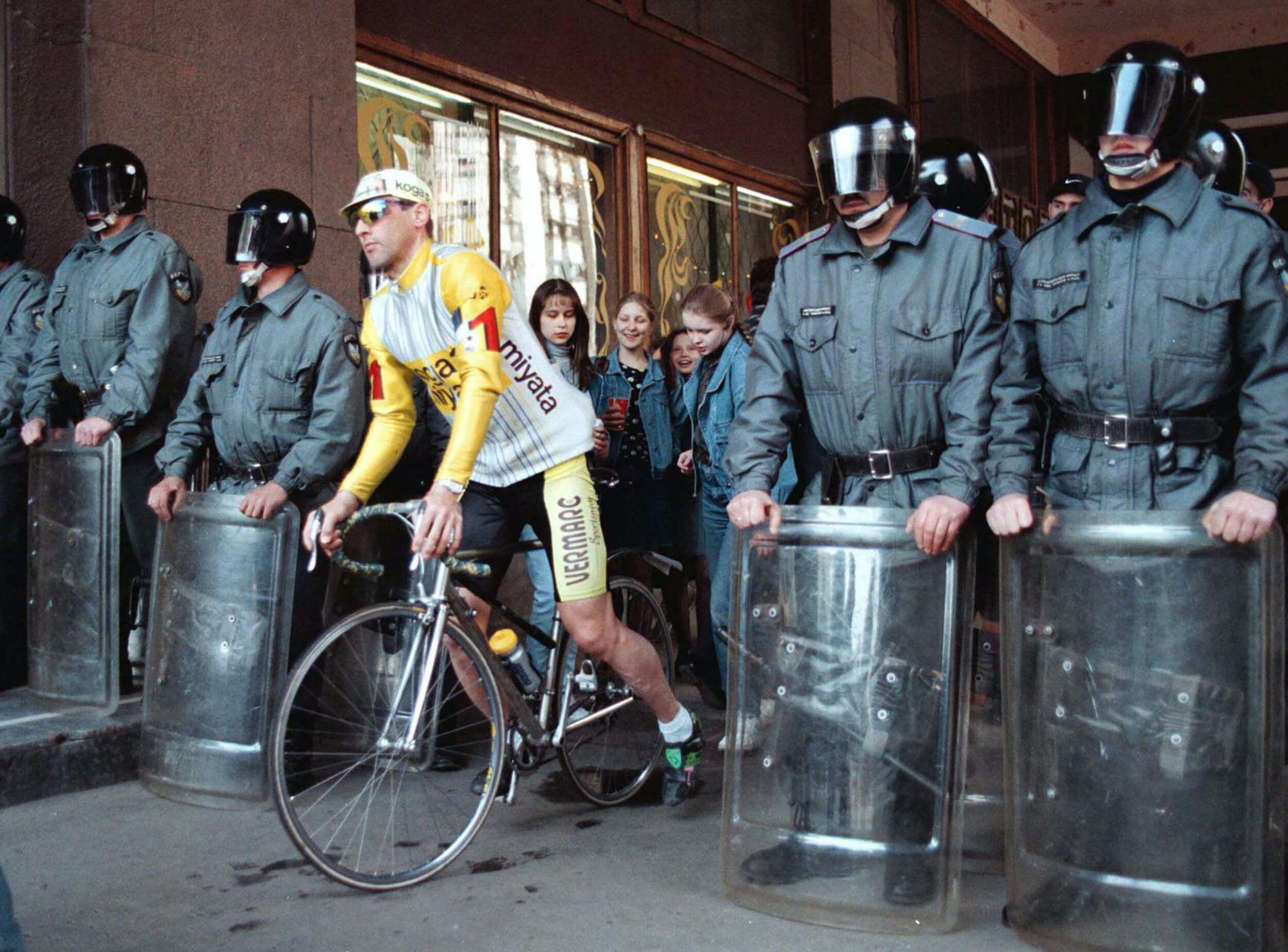
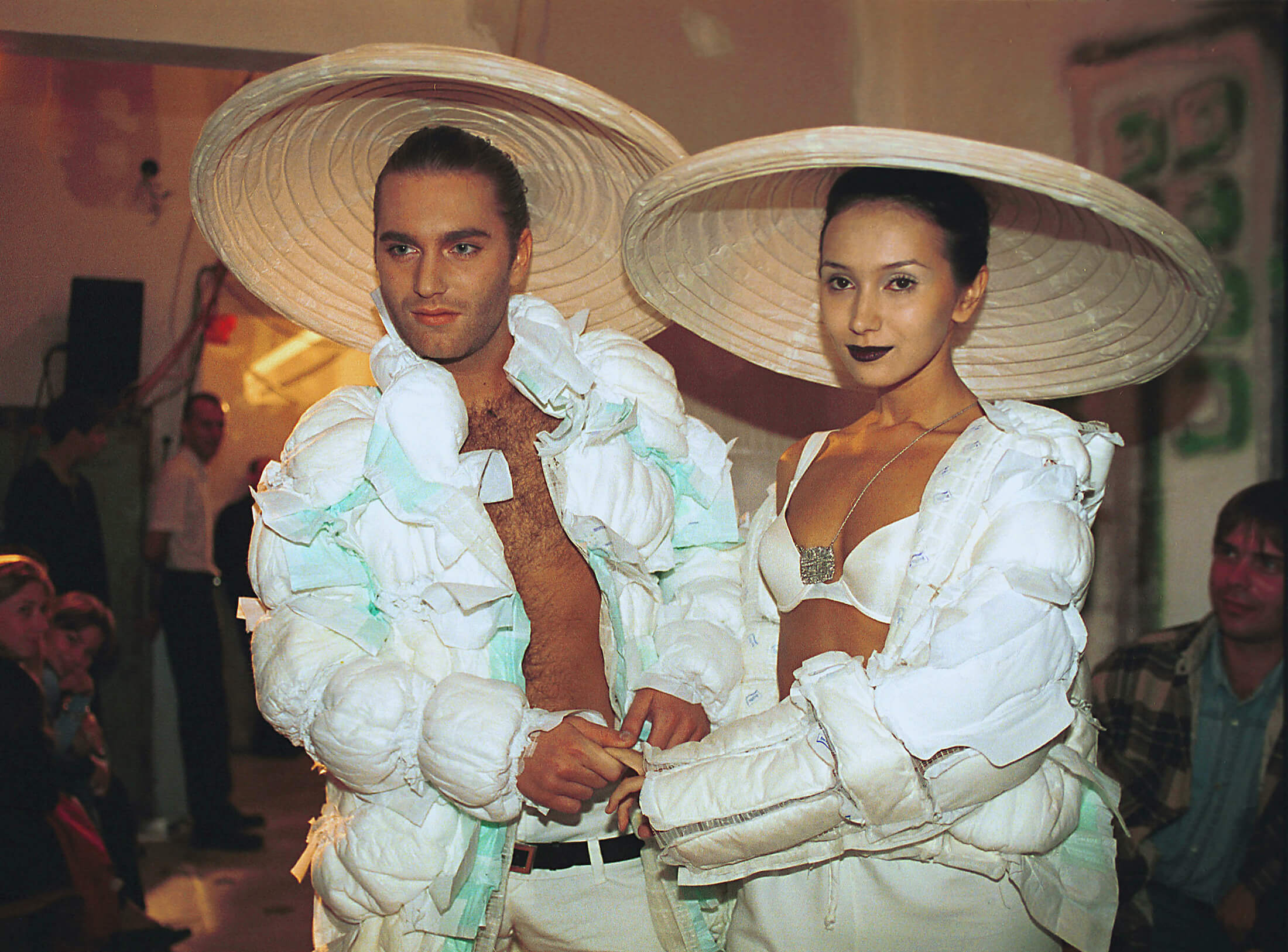
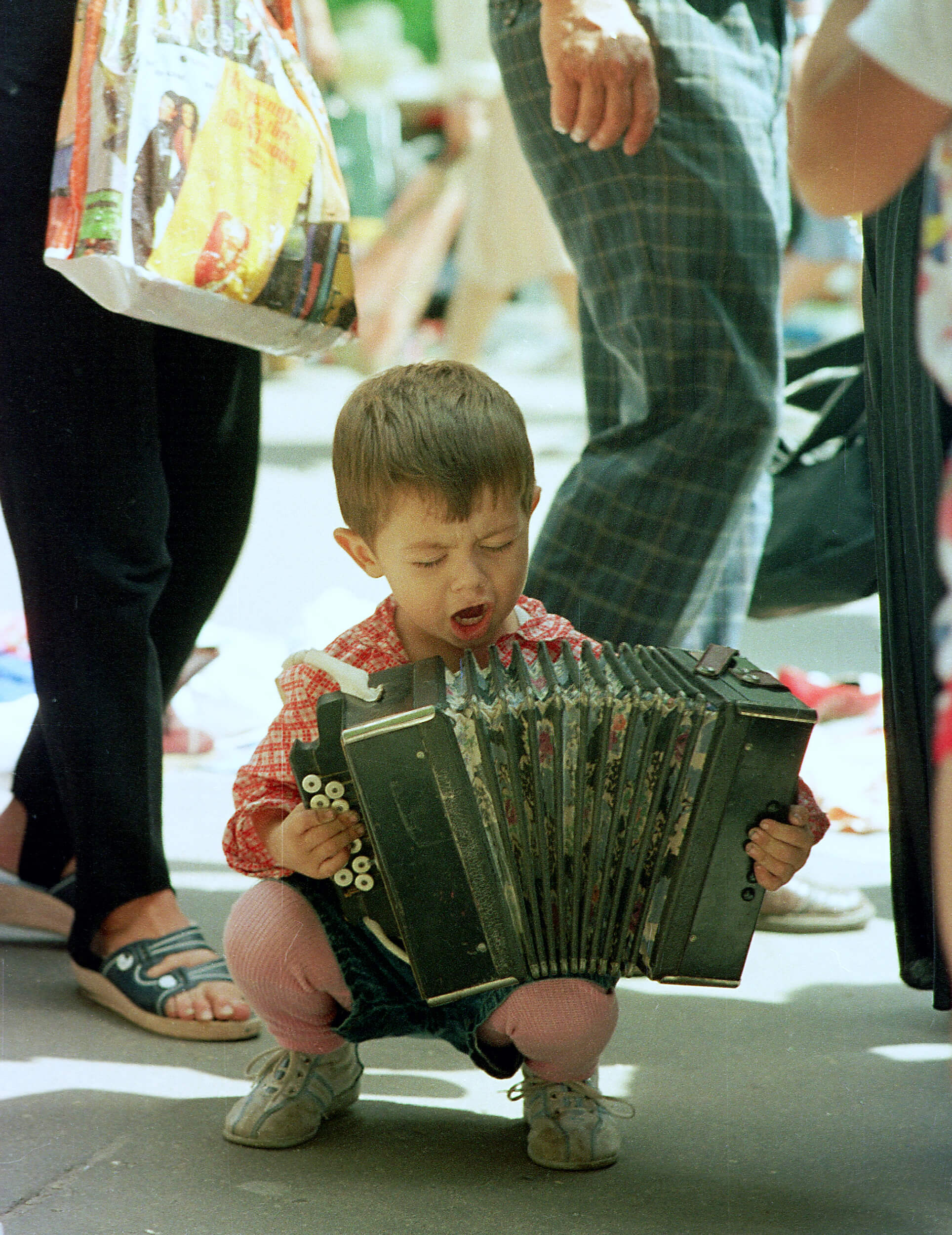
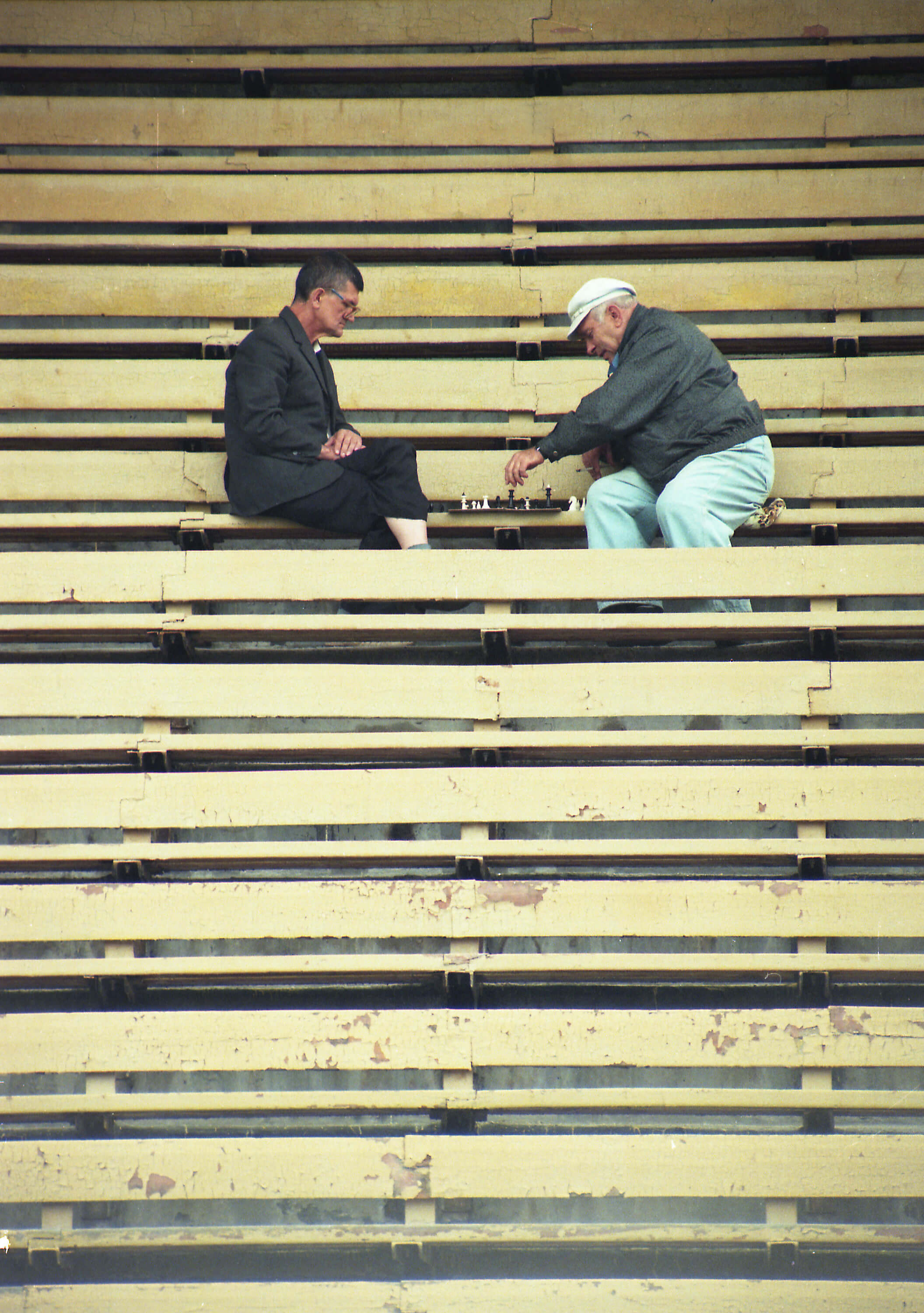
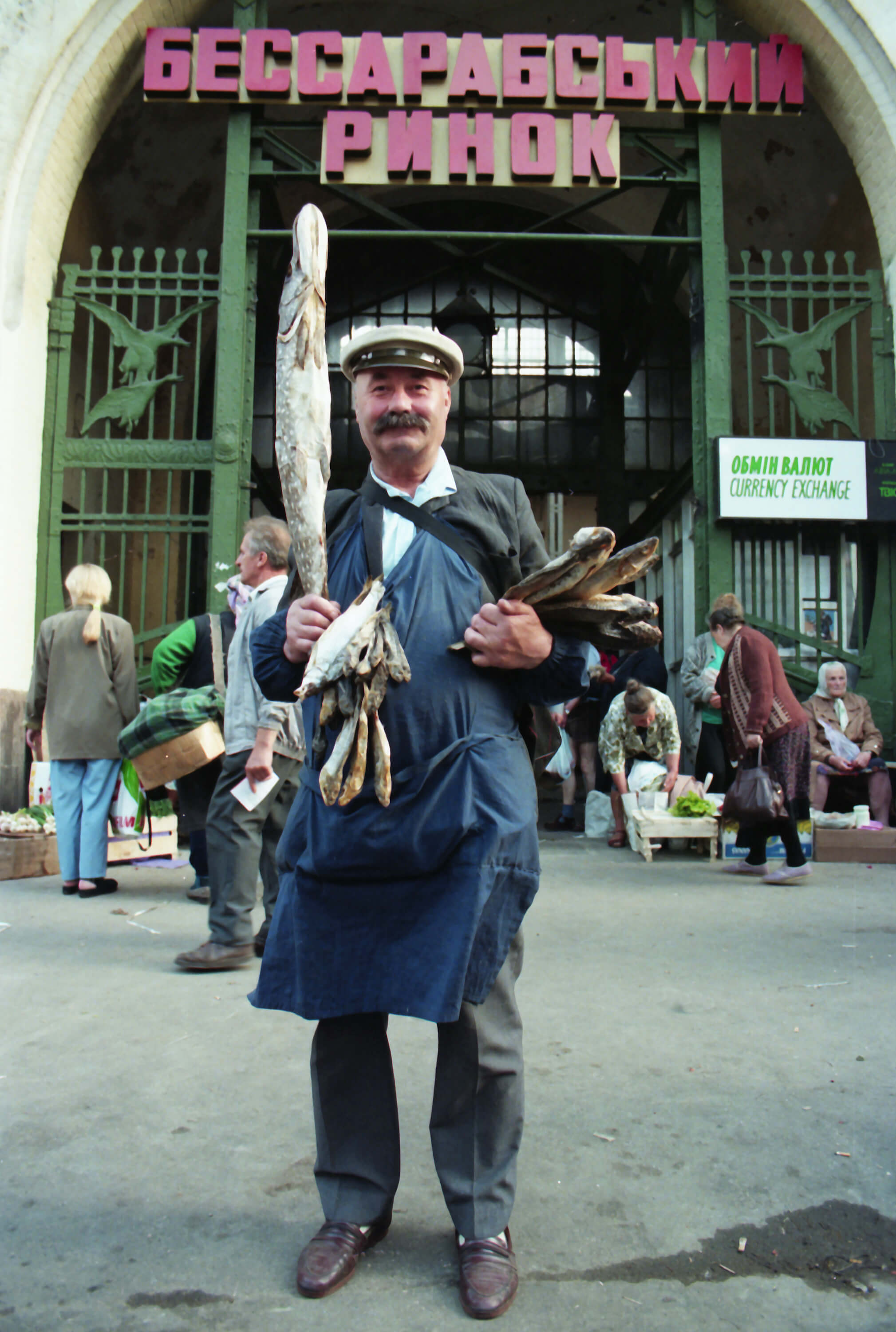
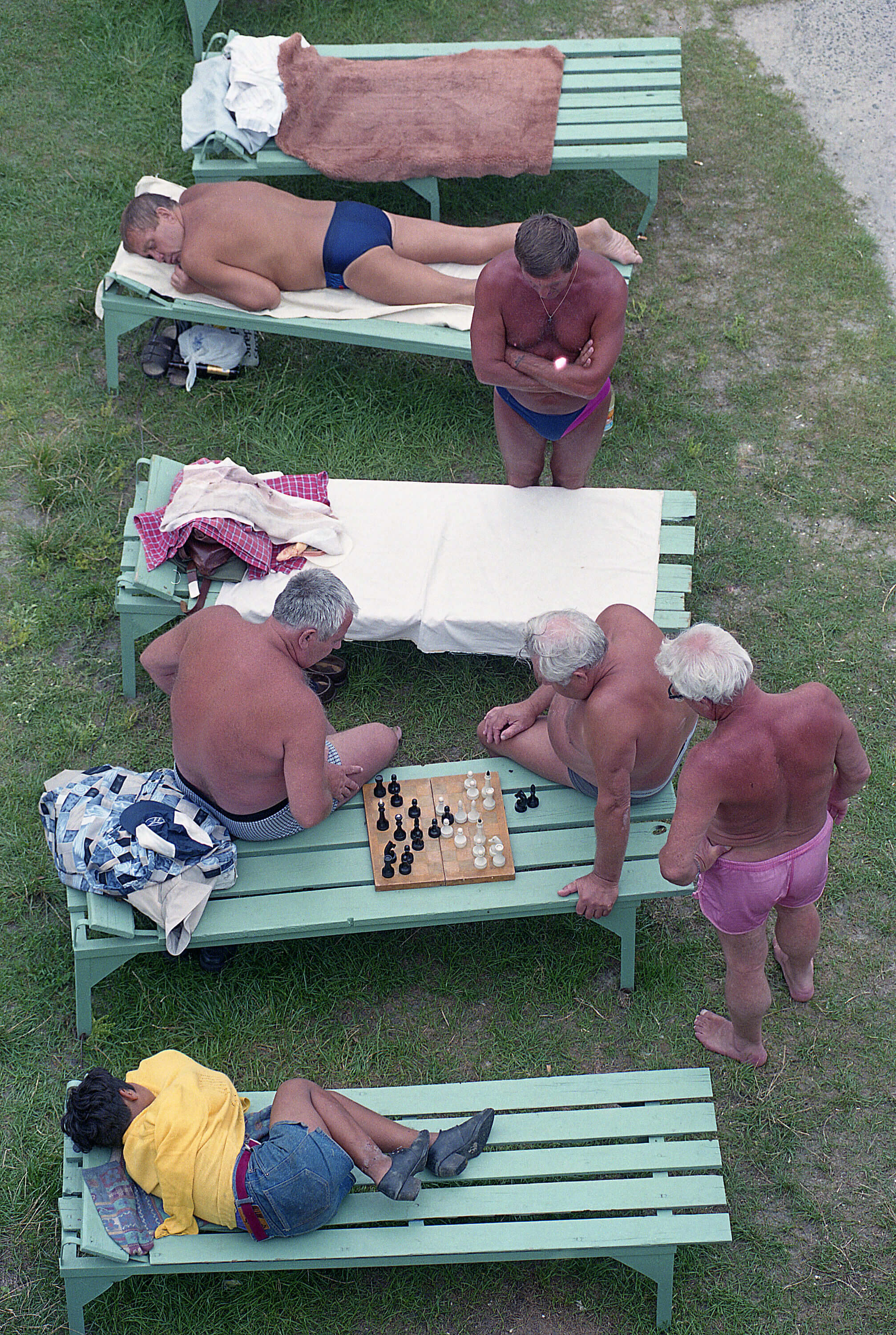
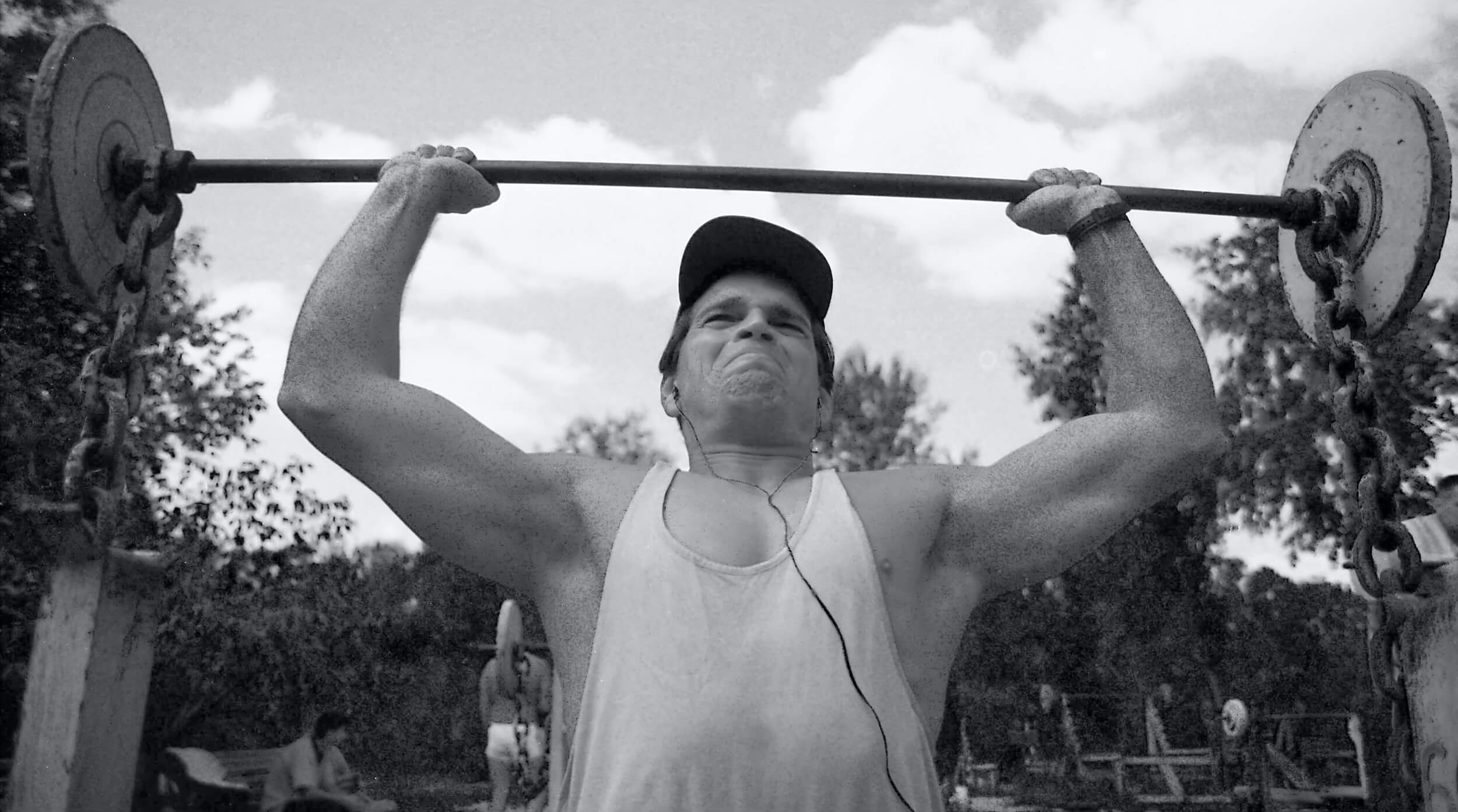
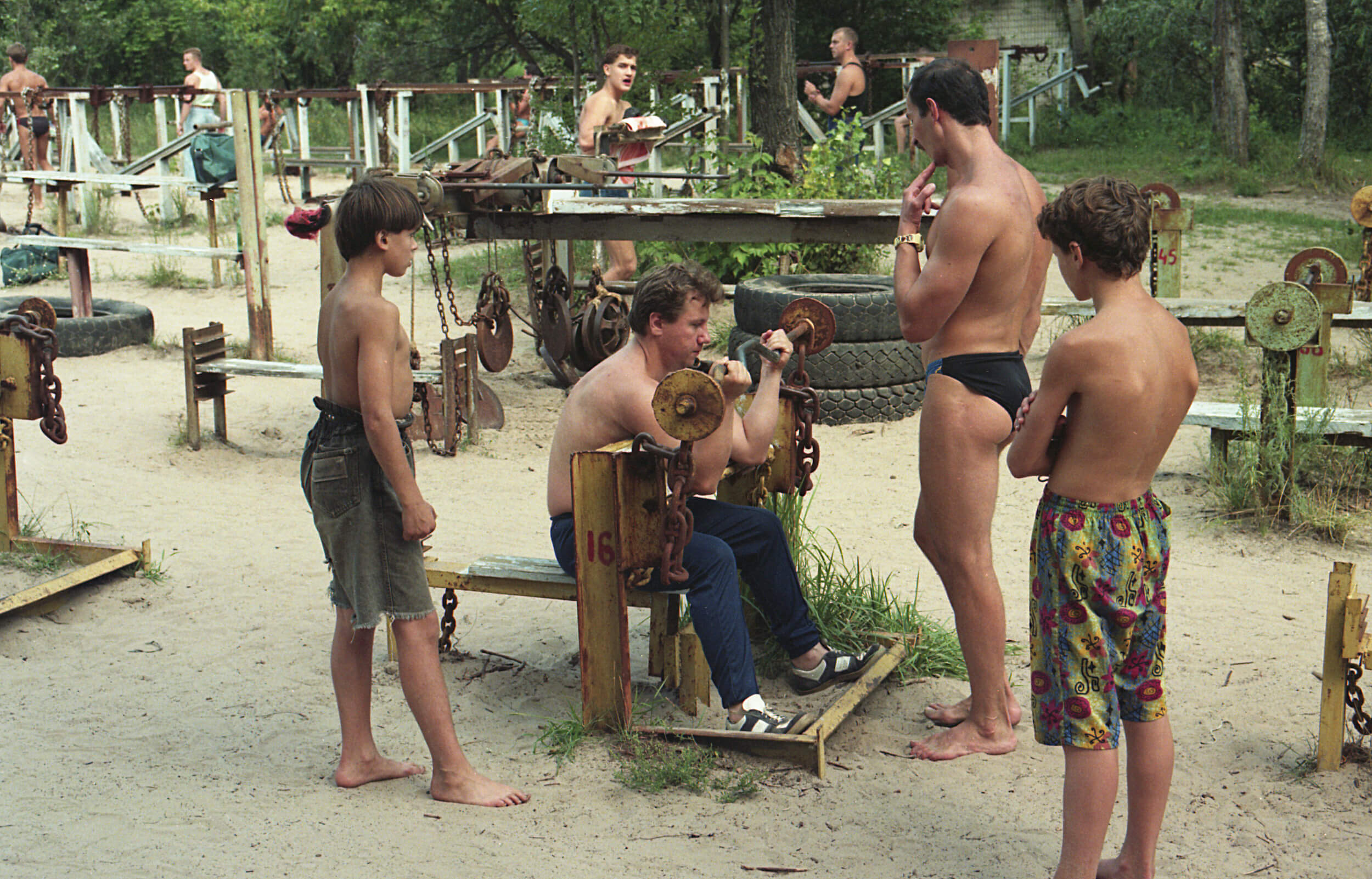
In Kyiv, I had nothing to fear. I was afraid for myself in Angola, where I saw 10-year-old kids bearing assault rifles, but never in Ukraine. I felt the fear creep in only in Chornobyl, which I visited for a day. I was in disbelief that a disaster like that could happen in the contemporary world, and the Ukrainians were lied to about it. Do you want to find out what Russia is? Well, look at Chornobyl.
I befriended many photographers in Ukraine and still keep in touch with a few of those living in Kyiv, Yefrem Lukatskyi among them. We met a few times in Kyiv and then once in London and became fast friends. I even trusted him with photographing my wedding.
My colleagues were not the only ones I engaged with. I speak Russian, so I often talked to taxi drivers or market sellers. They were surprised that I could understand them and often shared their stories. Also, they took an interest in what food I preferred, how I spent my time, and if I liked the country. I remember all of them being good-natured. Working for the Migration Department, I met the Klitschko brothers, already boxing stars by that time, when they first came to get their papers. Also, I remember Iryna Bilyk well.
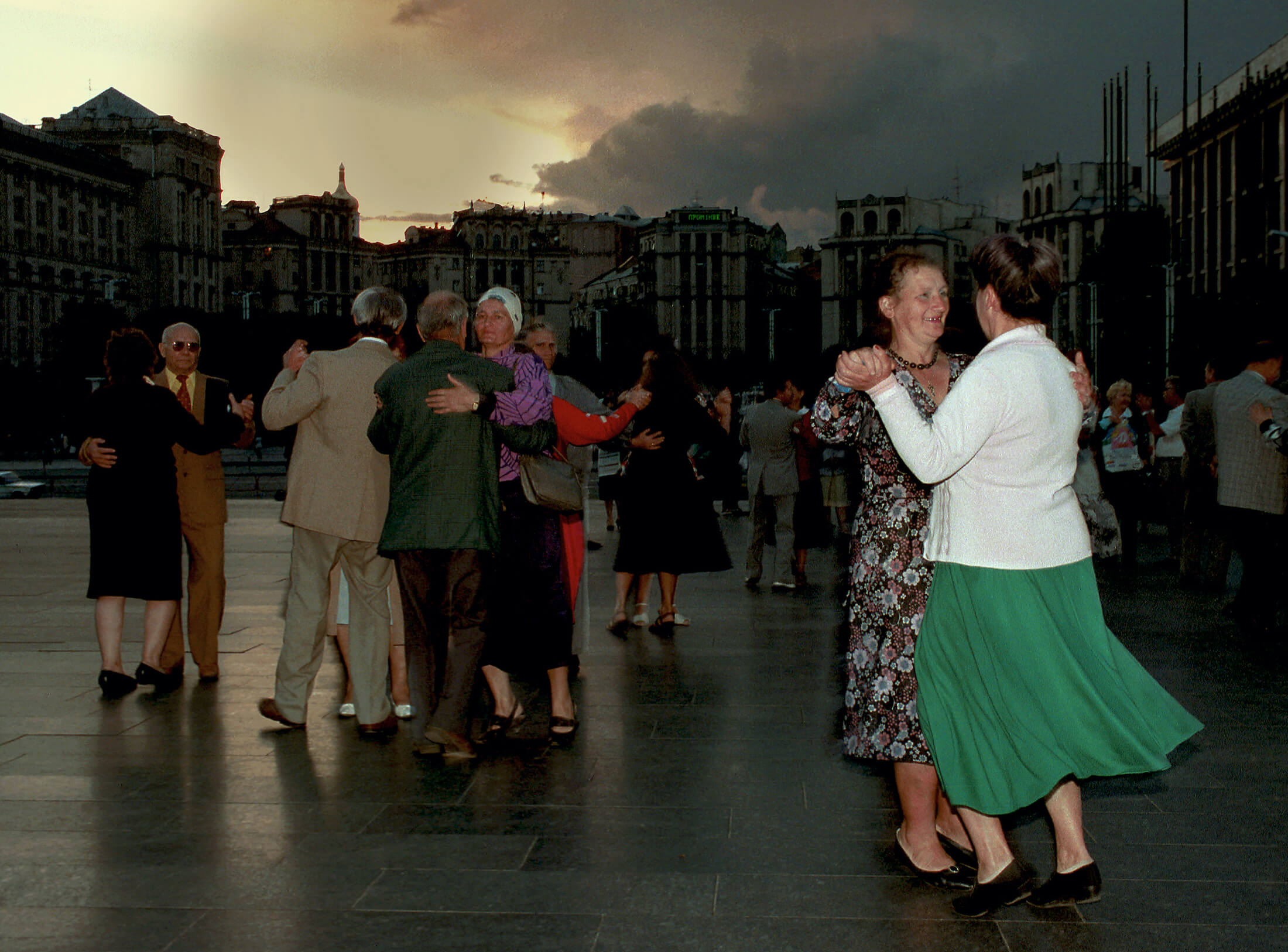
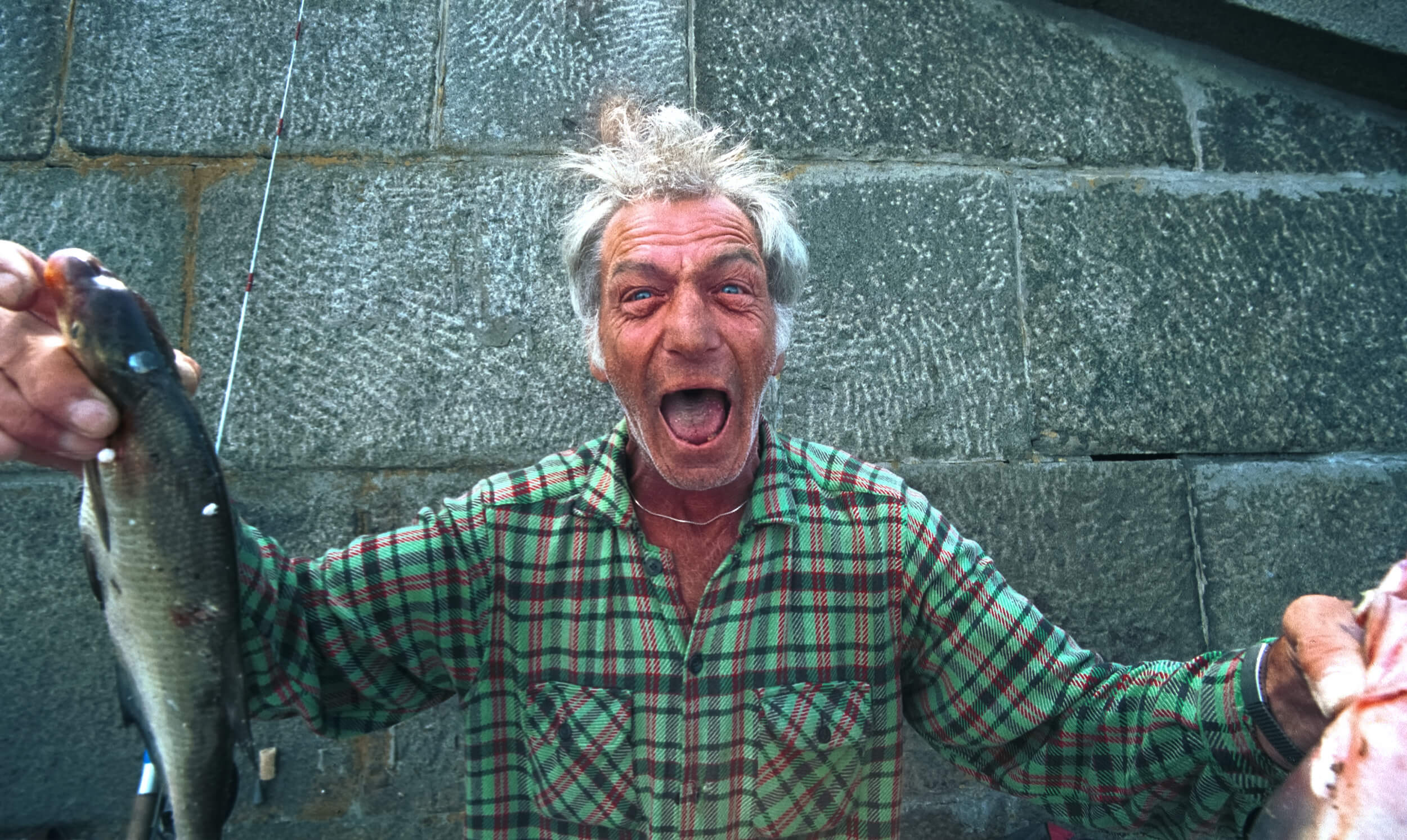
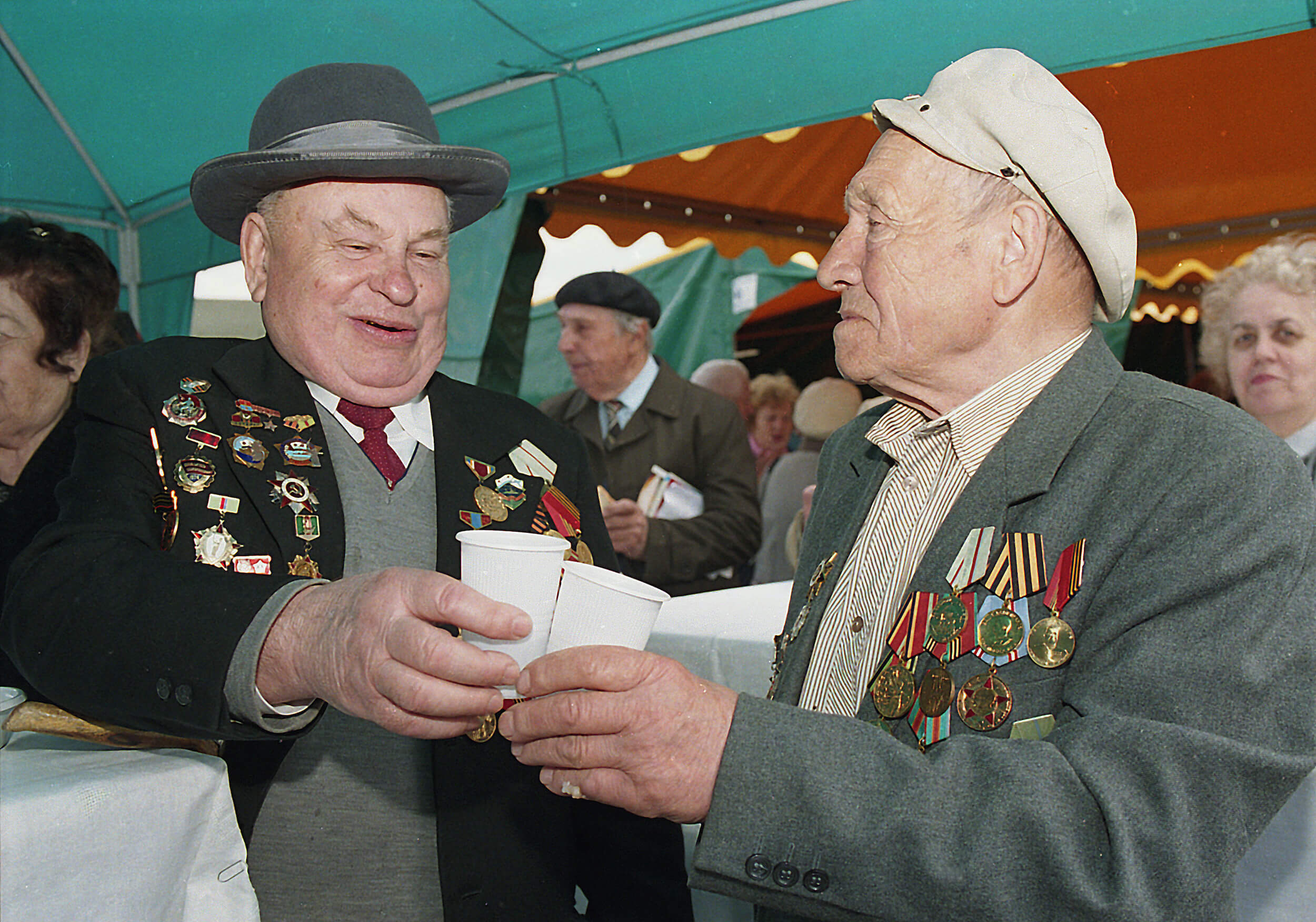
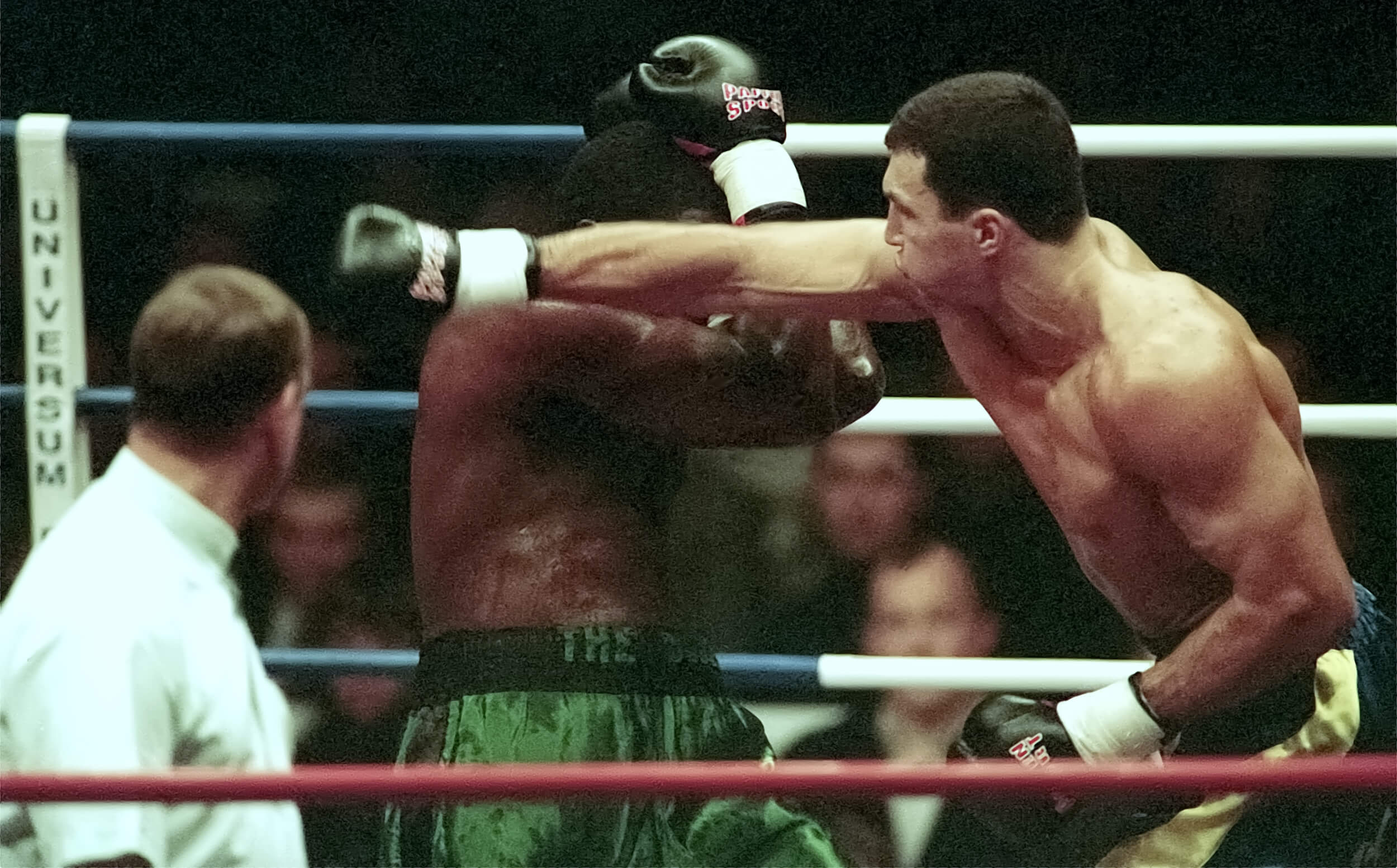
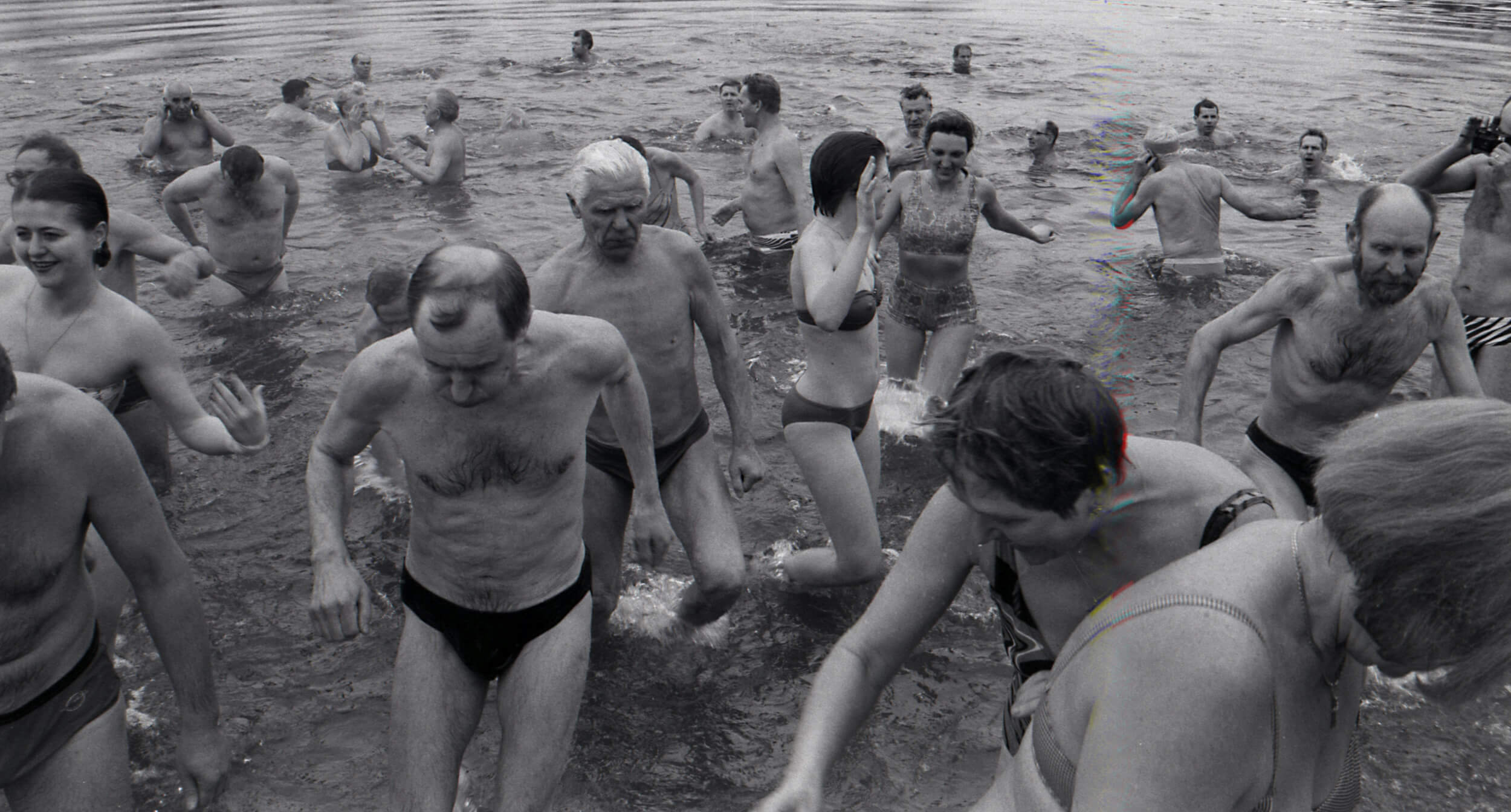
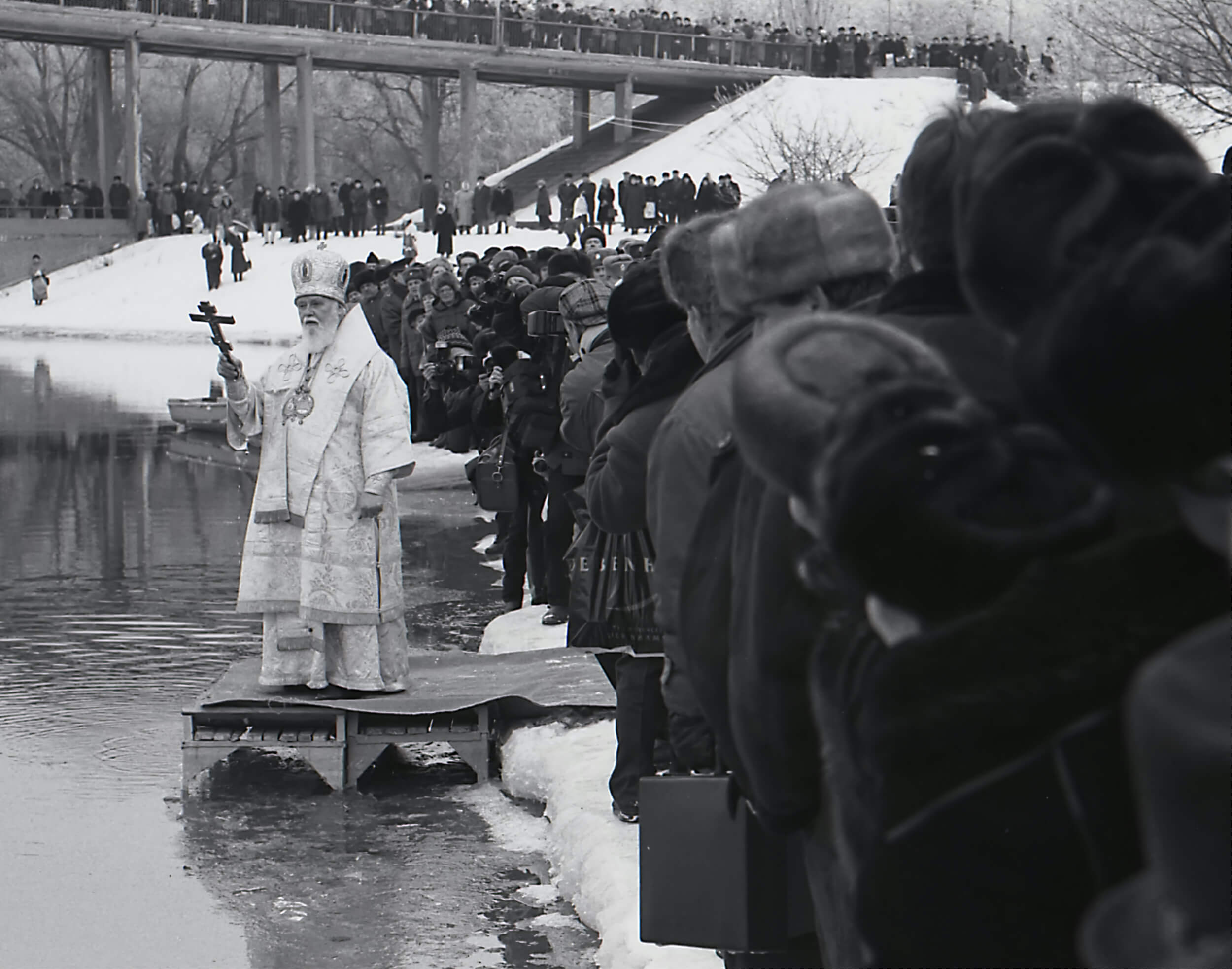
I can’t say I missed something in Ukraine. I quickly adapt to all kinds of things, including local cuisine. I guess I could live anywhere where people drink tea. Still, I do miss the traditional Ukrainian food, especially borscht. I didn’t feel short of money either — living in Ukraine was definitely not as expensive as in Hong Kong. I’m not really into fast food, but I did witness the opening of Kyiv’s first McDonald’s location, and I remember it well — all the city’s affluent flocked there.
Many photos from that period are definite keepers to me. I always found shooting sports challenging, which is why I am especially proud of my pictures of Dynamo Kyiv playing with British or other European teams — they often made it into British newspapers.
The more we, the Brits, help Ukrainians, the more we discover about this country and its amazing people. I release a self-funded run of 150 copies of my Kyiv: Moments in Time photo book, which is full of my pictures of Ukraine. It will be available for purchase worldwide, and all the proceeds will go to the Rotary Club’s Ukrainian branch, which organizes the delivery of medications. The book will be priced at about £28 to £30, with about £10 from each sale going directly toward relief efforts and the rest toward printing another run.
These photos are a window to another time. I remember how friendly and tolerant Ukrainians were. Hopefully, they will stay that way despite the war.
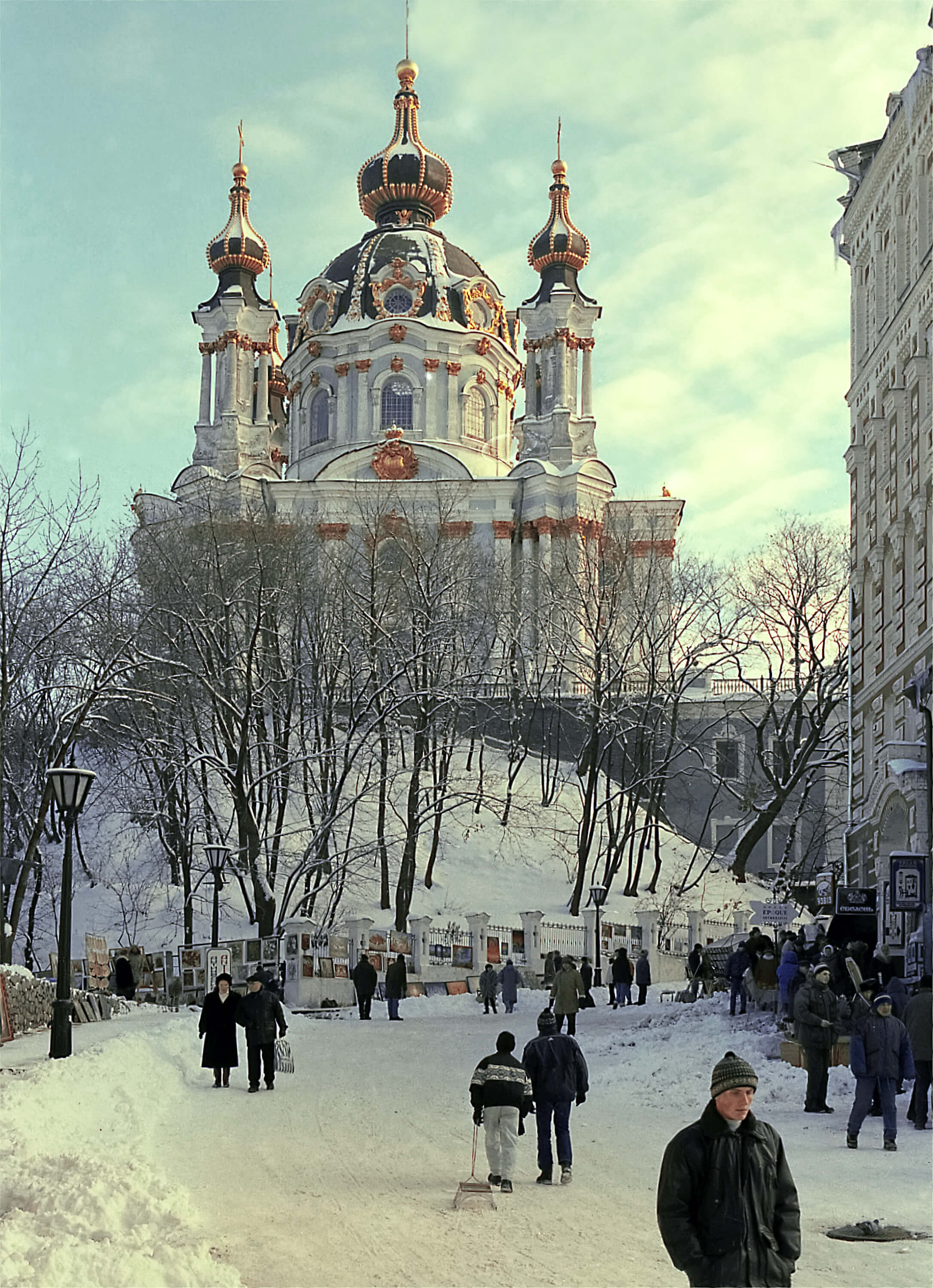
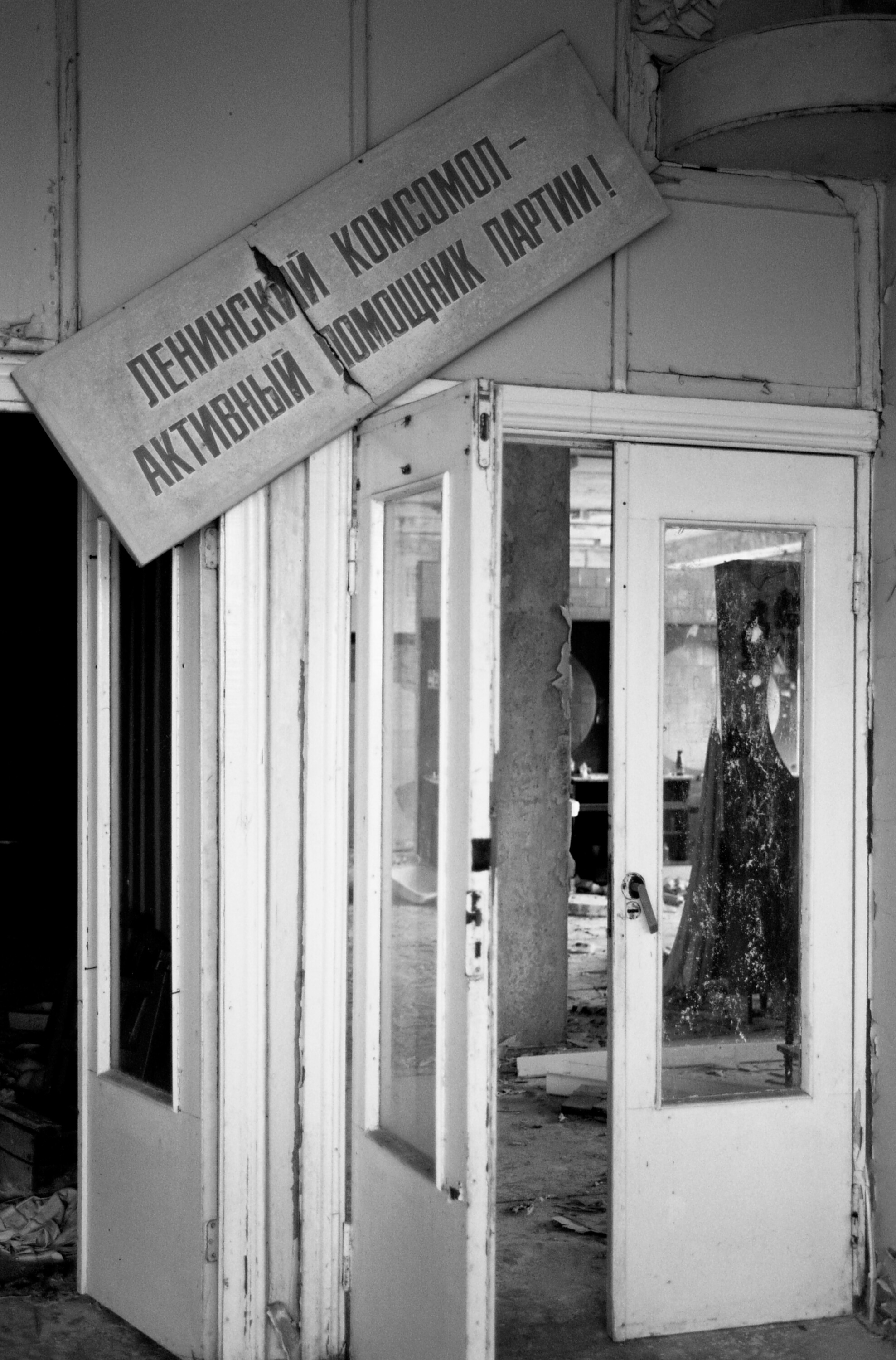
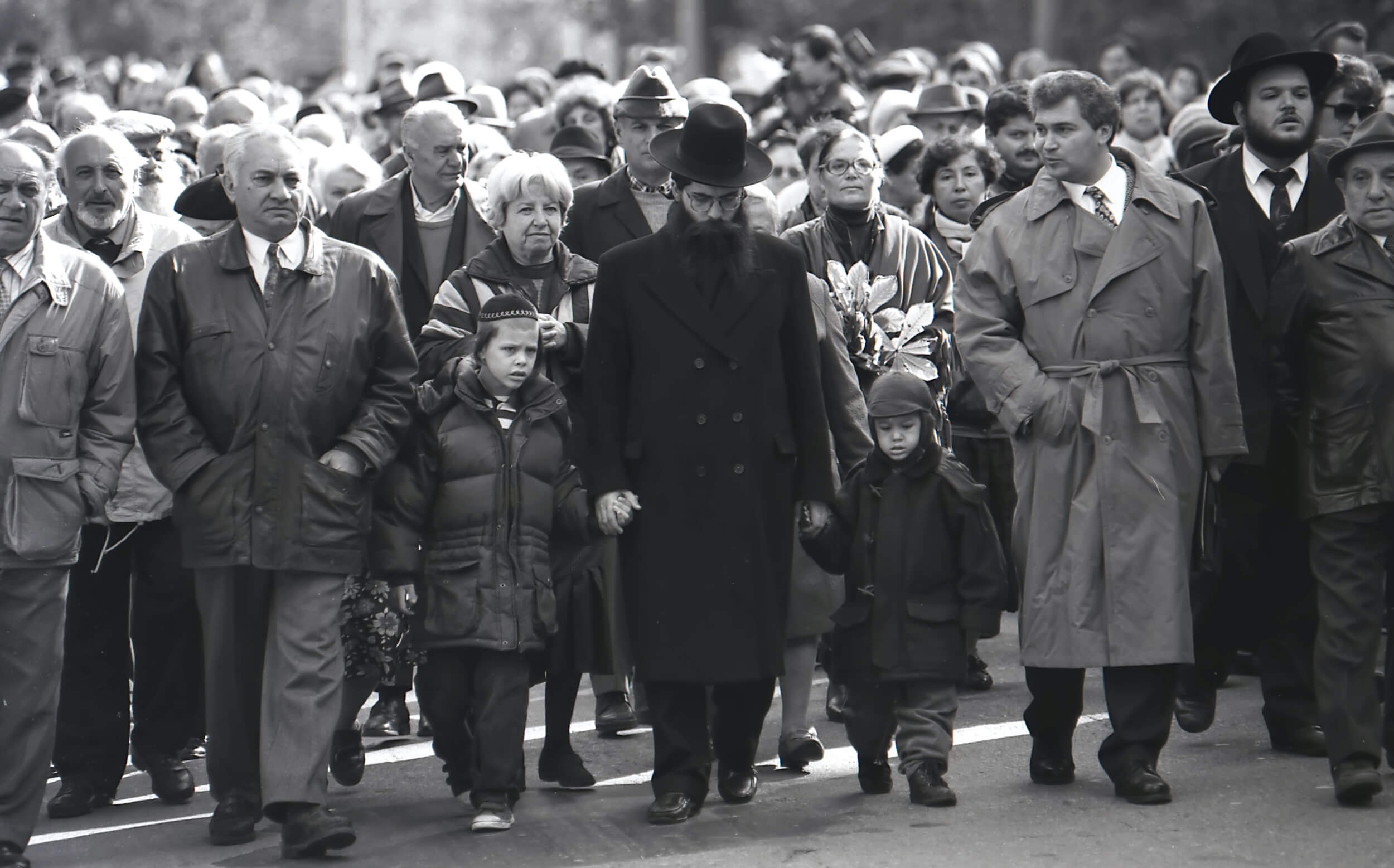
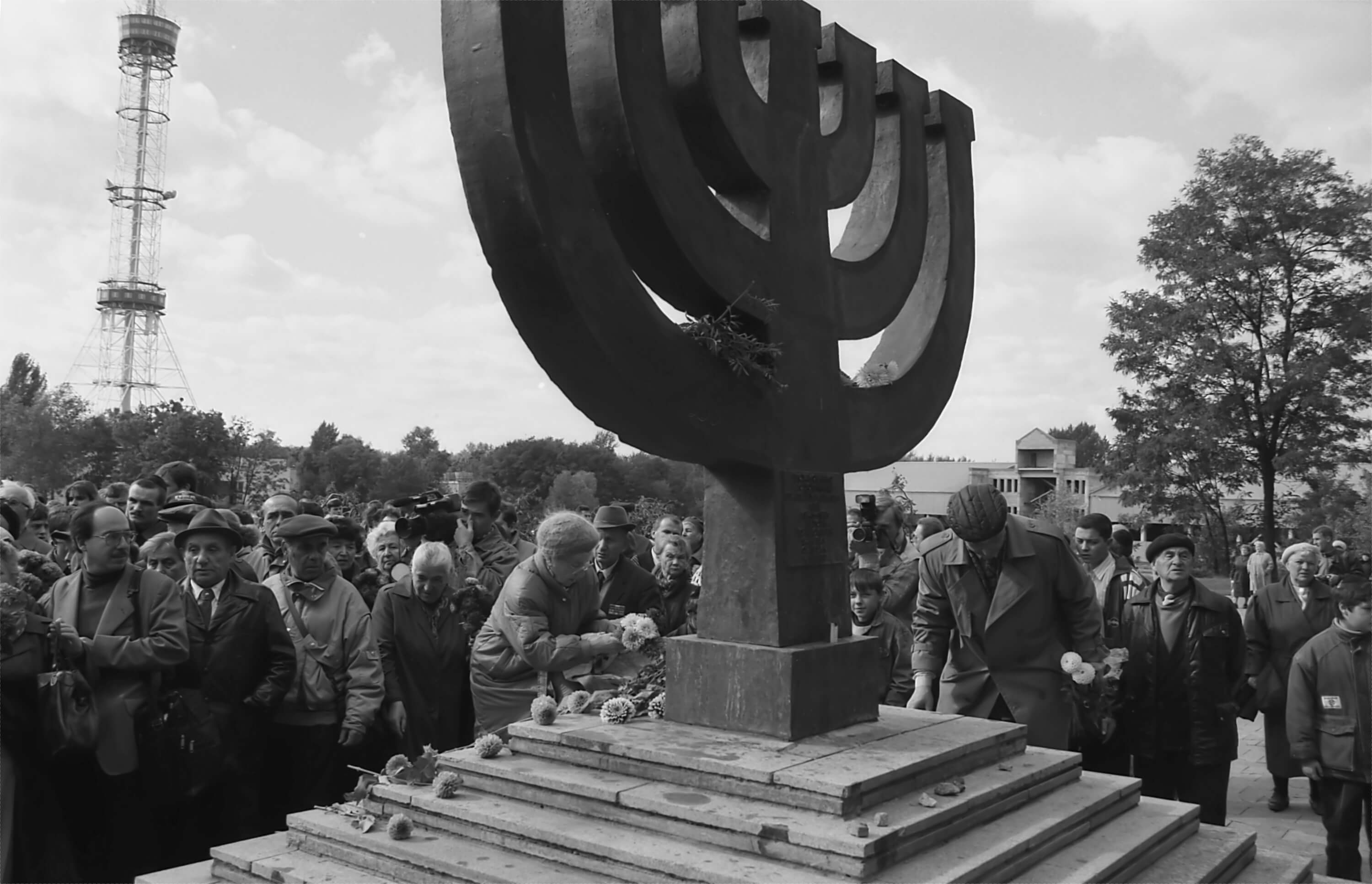
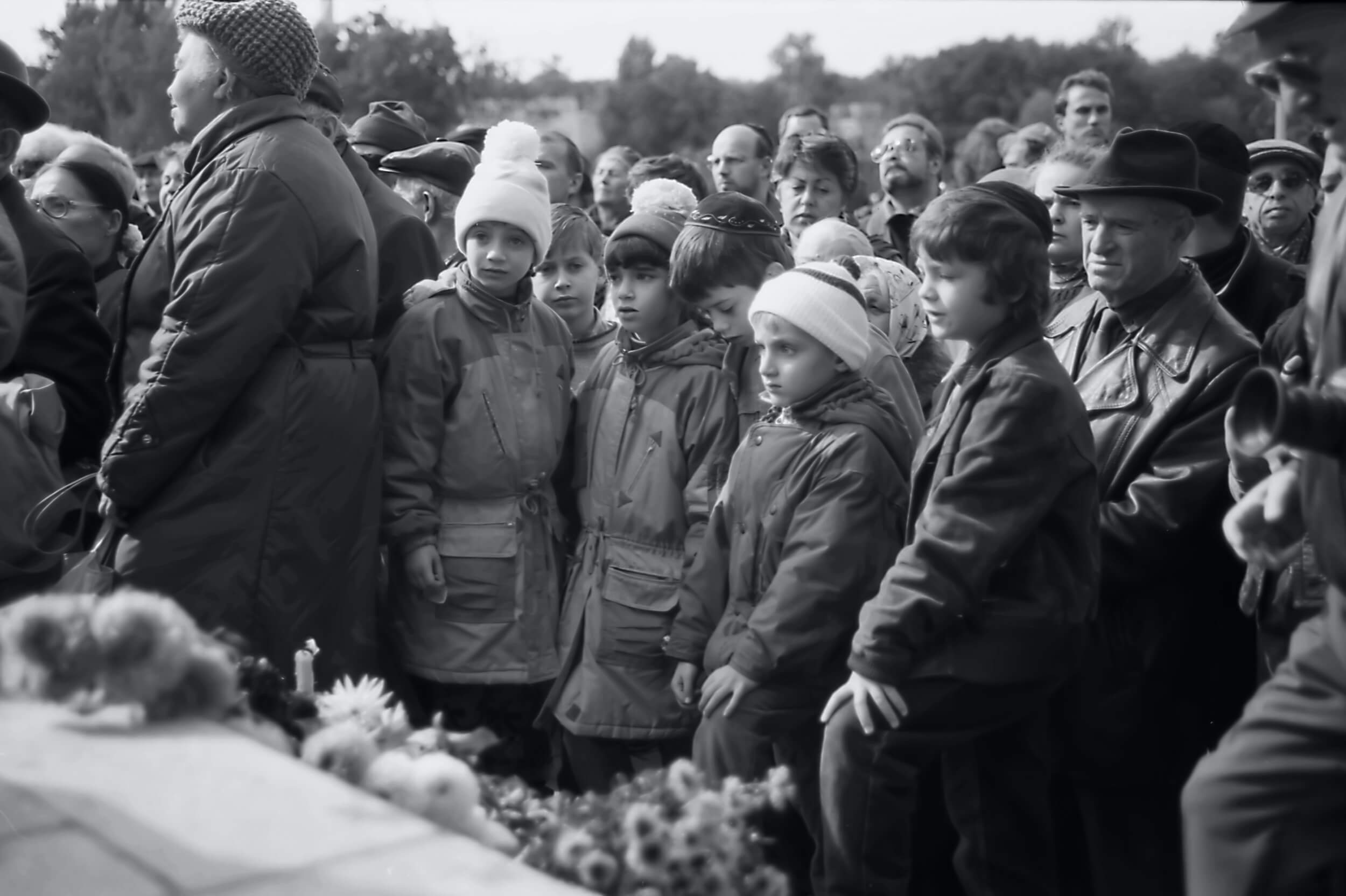
New and best
